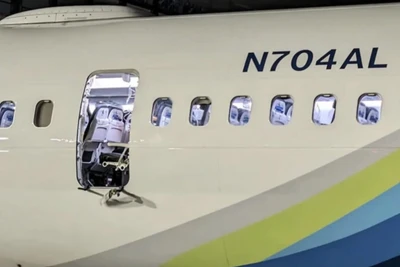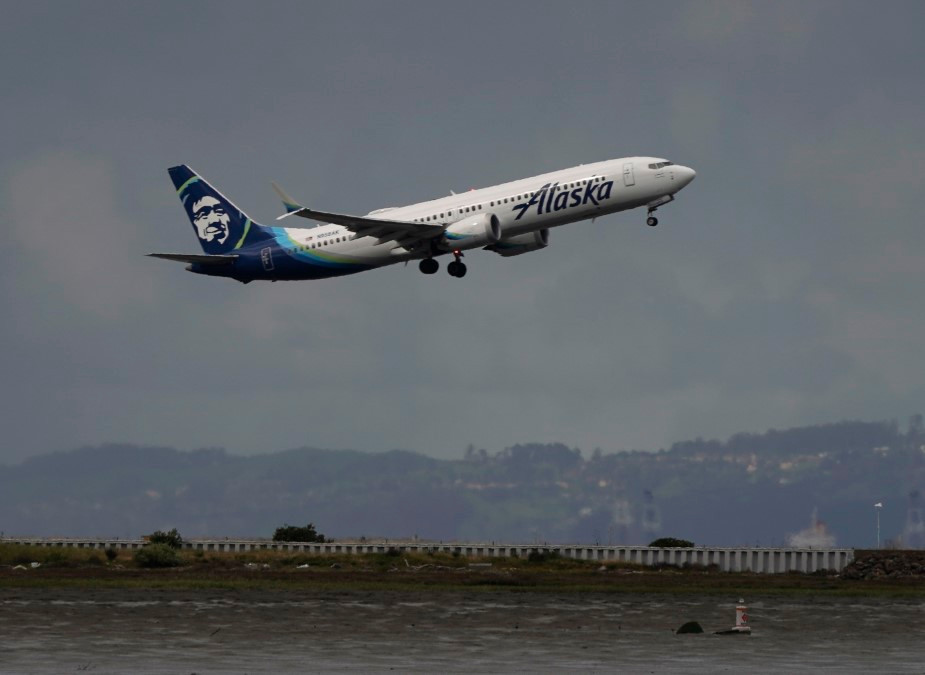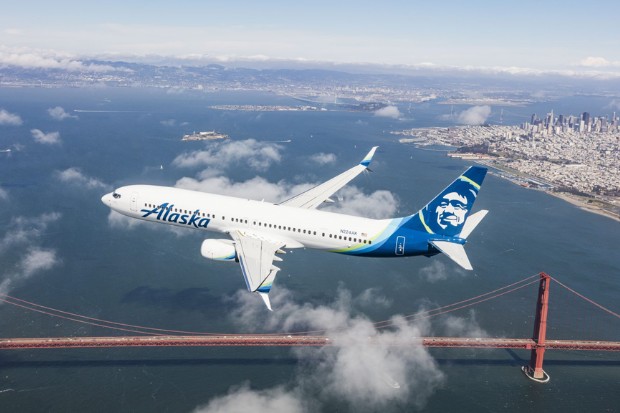FAA Requires Alaska Airlines to Temporarily Close Doors for Safety Inspections
In a dramatic turn of events that shook the aviation industry, the Federal Aviation Administration (FAA) mandated that Alaska Airlines ground its fleet of Boeing 737 MAX 9 aircraft and implement stringent door closure protocols following a near-catastrophic incident on January 5, 2024. The event, involving Alaska Airlines Flight 1282, saw a mid-cabin door plug component blow out at 16,000 feet, exposing critical flaws in Boeing’s manufacturing process. The FAA’s directive to “close doors” for inspections—referring to the grounding of aircraft and scrutiny of door plug assemblies—underscored the urgency of addressing safety lapses. This article delves into the reasons behind the FAA’s mandate, the incident’s fallout, and its broader implications for air travel safety as of July 2025.
Alaska Airlines Flight 1282, a Boeing 737 MAX 9, had just departed Portland, Oregon, for Ontario, California, when a door plug—a panel sealing an unused emergency exit—detached at 16,000 feet. The incident, occurring shortly after takeoff, created a gaping hole in the fuselage, sucking out a window section, an unoccupied seat, and personal items like phones and clothing. The 171 passengers and six crew members aboard experienced a terrifying ordeal, with oxygen masks deploying and one teenager suffering minor injuries from decompression. Remarkably, the pilots safely returned the plane to Portland International Airport, averting a potential disaster.
The National Transportation Safety Board (NTSB) investigation revealed a shocking cause: four critical bolts securing the door plug were missing, a manufacturing defect traced to Boeing’s Renton, Washington, factory. The NTSB’s preliminary report, released on February 6, 2024, noted that the door plug had been shifting upward over 154 prior flights, undetected due to inadequate quality control and documentation. This failure prompted the FAA to issue an Emergency Airworthiness Directive (EAD) on January 6, 2024, grounding all 171 Boeing 737 MAX 9 aircraft in the U.S., including Alaska Airlines’ 65-plane fleet, until inspections were completed.
The FAA’s directive to “close doors” required Alaska Airlines and other operators to suspend MAX 9 operations and inspect door plug assemblies on both sides of each aircraft. These inspections focused on verifying the presence and integrity of bolts, stop fittings, and guide tracks—components critical to preventing panel detachment. The term “close doors” also referred to ensuring that these assemblies were securely locked in place before flights resumed. Alaska Airlines completed inspections by January 26, 2024, finding loose hardware on several aircraft but no additional missing bolts. The grounding disrupted thousands of flights, costing Alaska Airlines an estimated $150 million in losses, for which Boeing later compensated $160 million.
The FAA’s action was driven by prior warning signs ignored by Alaska Airlines. Flight 1282’s aircraft had triggered pressurization warning lights on December 7, 2023, January 3, 2024, and January 4, 2024, prompting the airline to restrict it from long-haul flights over water. However, it was allowed to operate three additional flights before scheduled maintenance, a decision the NTSB later criticized. The FAA’s mandate aimed to prevent similar oversights, requiring not only inspections but also enhanced maintenance protocols to ensure ongoing safety.
The incident exposed systemic issues at Boeing. The NTSB’s final report, published on July 11, 2025, detailed “multiple system failures” in Boeing’s production process, including inadequate training, rushed assembly under productivity pressures, and missing documentation. Only one of 24 technicians at the Renton factory was experienced with door plug installation, and the absence of bolts went unnoticed due to lax quality checks. The FAA faced criticism for insufficient oversight, as its audit system failed to flag repetitive discrepancies. In response, the FAA increased its presence at Boeing facilities, capped 737 MAX production at 38 planes per month, and mandated a 90-day quality improvement plan.

Boeing’s troubles extended beyond Alaska Airlines. United Airlines, another major MAX 9 operator, found loose bolts and other issues during inspections. The fallout led Boeing to replace the head of its 737 MAX program and acquire Spirit AeroSystems, the supplier responsible for the faulty door plug, for $4.7 billion in July 2025 to bring fuselage production in-house. These steps aim to restore confidence, but public trust remains shaken, with X posts reflecting outrage, such as one user stating, “Boeing’s cutting corners almost killed 171 people.”
Passengers on Flight 1282 endured significant trauma, with some reporting anxiety, ear pain, and emotional distress. A $1 billion class-action lawsuit filed in February 2024 by three passengers was settled in June 2025 for an undisclosed sum, highlighting the incident’s financial toll. Social media platforms like X amplified passenger stories, with viral videos of the gaping fuselage hole fueling calls for stricter aviation oversight. “I’ll never fly a MAX again,” one user posted, echoing widespread sentiment.
The FAA’s mandate and Alaska Airlines’ response have driven significant changes. Alaska Airlines implemented additional checks on door plugs and enhanced training for maintenance crews. The FAA’s increased scrutiny of Boeing includes regular audits and stricter certification processes for new aircraft. The NTSB recommended industry-wide improvements, such as standardized training for complex components and better documentation systems, which Boeing has begun adopting.
The heroism of Flight 1282’s crew, led by Captain Emily Wiprud, was lauded for averting catastrophe. Their calm handling of the crisis earned them the 2023 Air Line Pilots Association Superior Airmanship Award. However, NTSB Chair Jennifer Homendy emphasized that “systemic fixes, not heroics, should prevent these incidents.” As Alaska Airlines resumes full operations, the industry faces a reckoning: ensuring that safety, not profit, drives manufacturing and maintenance decisions.
The FAA’s requirement for Alaska Airlines to temporarily “close doors” was a critical response to a preventable manufacturing failure. The incident highlighted vulnerabilities in Boeing’s processes and the FAA’s oversight, prompting reforms to protect passengers. While no lives were lost, the close call serves as a stark reminder of the stakes in aviation safety. As the industry moves forward, rigorous inspections, enhanced training, and transparent accountability will be essential to prevent another door from blowing open at 16,000 feet.







